Table of Contents
- Boosting Home Insulation for Maximum Energy Savings
- Smart Thermostat Solutions for Optimal Climate Control
- Choosing Energy-Efficient Appliances to Reduce Consumption
- Harnessing Renewable Energy Sources for Sustainable Living
- Practical Lighting Upgrades to Illuminate Efficiency
- Q&A
- Key Takeaways
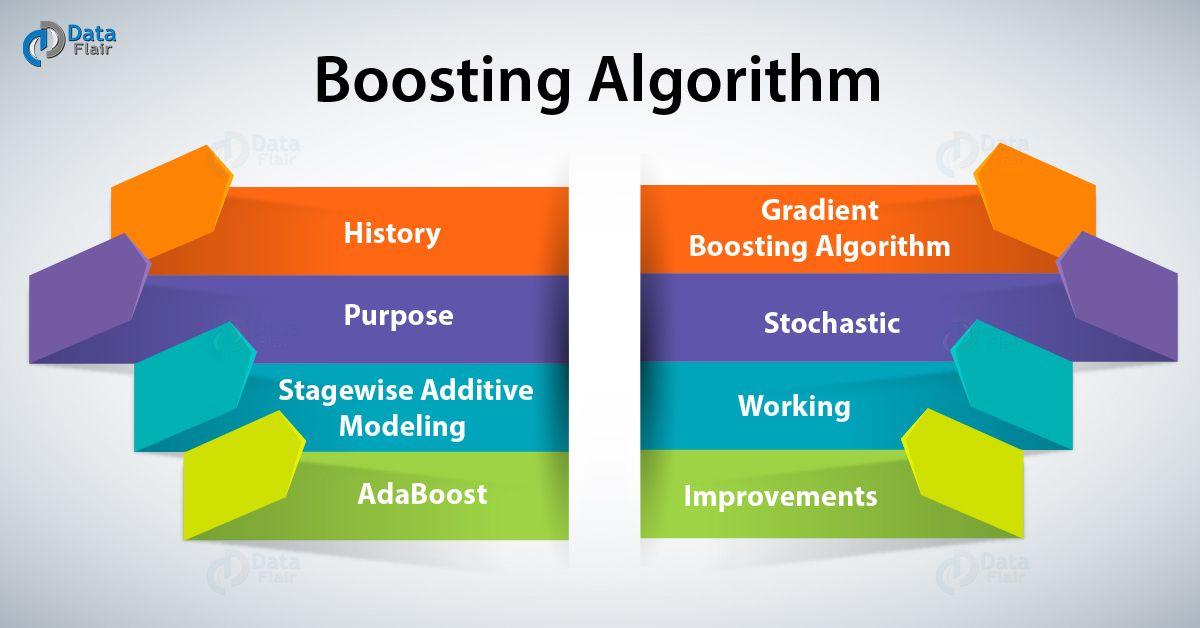

Boosting Home Insulation for Maximum Energy Savings
One of the most effective ways to enhance your home’s energy efficiency is by improving insulation. This not only reduces energy bills but also contributes to a more comfortable living environment throughout the year. Start by assessing the insulation in key areas such as the attic, walls, and floors. Consider upgrading to solutions that offer superior thermal resistance (R-values), which can significantly prevent heat loss during winter and keep your home cooler in the summer. Popular insulation materials include:
- Fiberglass Batts: Affordable and easy to install, suitable for various spaces.
- Spray Foam: Offers excellent sealing capabilities, ideal for irregular spaces.
- Cellulose: A sustainable option made from recycled paper, effective and eco-friendly.
Additionally, sealing air leaks is crucial for maximizing insulation performance. Even the smallest gaps around windows, doors, and electrical outlets can lead to significant energy loss. To improve your home’s airtightness, consider the following measures:
- Weatherstripping: Apply around doors and windows to eliminate drafts.
- Caulking: Use it for sealing cracks in walls, around pipes, and along window frames.
- Foam Sealant: Fill larger gaps and voids in hard-to-reach areas.
Lastly, remember that insulation alone isn’t enough; proper ventilation is essential to maintain indoor air quality and prevent moisture buildup. Integrate a balanced ventilation system that allows fresh air to circulate while retaining the benefits of your insulation. Here’s a quick comparison of ventilation options:
| Type of Ventilation | Description | Benefits |
|---|---|---|
| Natural Ventilation | Utilizes openings like windows and vents. | Cost-effective and energy-efficient. |
| Mechanical Ventilation | Involves fans and HVAC systems. | Provides consistent airflow and filtration. |
| Balanced Ventilation | Combines supply and exhaust systems. | Maintains indoor air quality without energy loss. |
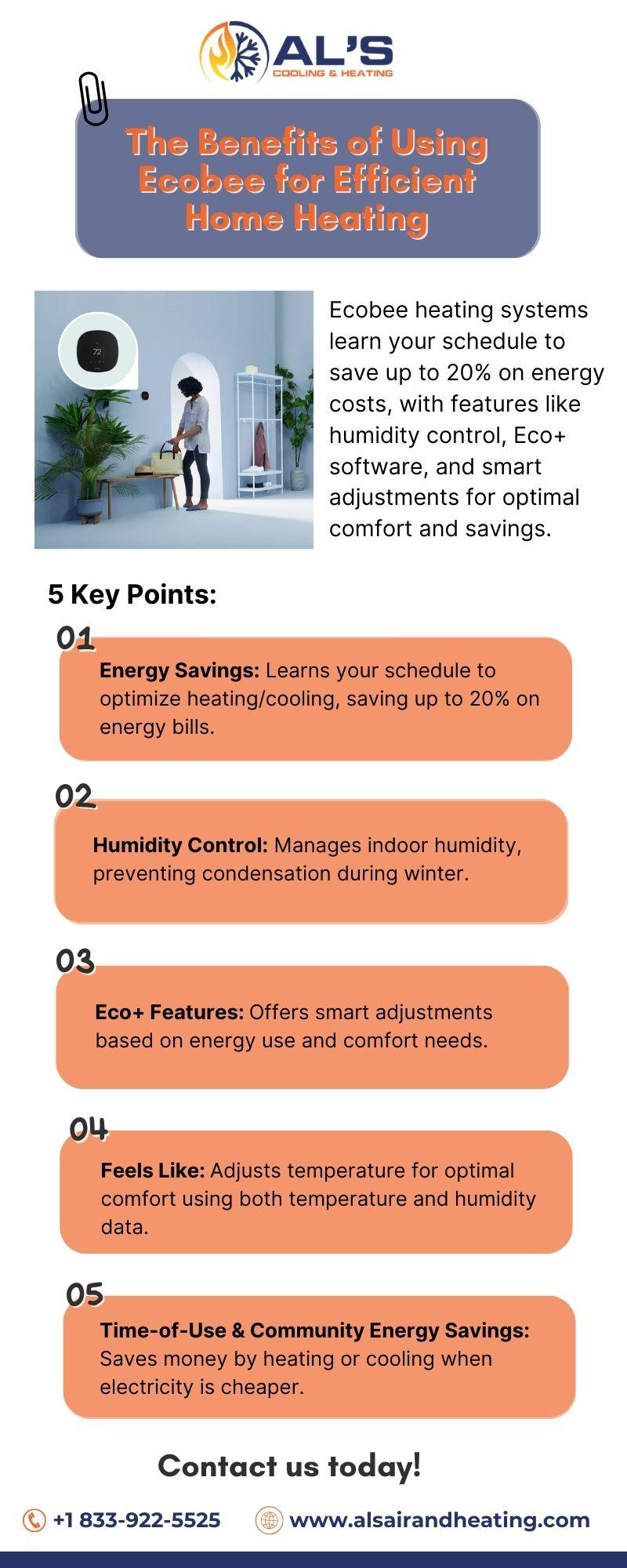

Smart Thermostat Solutions for Optimal Climate Control
In today’s world, smart thermostats have become essential tools for managing energy usage without sacrificing comfort. These devices not only learn your heating and cooling preferences but also adapt to your daily routine. By efficiently scheduling temperature changes and providing real-time data on your consumption, you can significantly reduce energy waste. Several top features make smart thermostats a must-have:
- Adaptive Learning: Smart thermostats recognize patterns and adjust settings automatically, ensuring that your home maintains comfort while optimizing for energy savings.
- Remote Control: With mobile app connectivity, you can adjust your home’s climate from anywhere, allowing for more precise management of heating and cooling based on occupancy.
- Energy Reports: Many smart thermostats provide detailed energy usage reports, helping you track performance and identify areas for potential savings.
Moreover, integrating your smart thermostat with other smart home systems can lead to even greater efficiency. For instance, connecting your thermostat with smart blinds can automatically lower them on hot days, reducing the need for air conditioning. Likewise, pairing it with humidifiers or dehumidifiers helps create a balanced indoor climate that minimizes reliance on HVAC systems. Consider these integration options:
| Smart Home Integration | Benefit |
|---|---|
| Smart Blinds | Reduce heat gain and A/C usage |
| Smart Lights | Automate lighting based on presence and temperature |
| Energy Monitors | Get insights into overall energy consumption |
one of the most significant advantages of smart thermostats is their ability to work with multiple climate zones in your home. You can customize settings for different areas, ensuring that every room remains comfortable while using energy efficiently. For homes with multiple levels or distinct zones, consider these practical applications:
- Zone Control Systems: Use smart thermostats in conjunction with zone-controlled HVAC systems to enhance comfort in each area.
- Occupancy Sensors: These sensors can detect when a room is unoccupied and adjust the temperature accordingly, saving energy.
- Seasonal Adjustments: Program thermostats to switch settings based on the season, optimizing for summer and winter conditions separately.
Choosing Energy-Efficient Appliances to Reduce Consumption
When it comes to making conscious choices for your home, selecting energy-efficient appliances can significantly lower your utility bills and reduce your carbon footprint. Energy Star is a label to look for, as it indicates products that meet strict efficiency guidelines set by the U.S. Environmental Protection Agency. By opting for these appliances, you not only contribute positively to the environment but also invest in products that tend to have a longer lifespan and require less maintenance.Consider evaluating the following types of appliances for their energy efficiency ratings:- Refrigerators: Look for models that maintain optimal temperatures with minimal energy usage.
- Washing Machines: Front-loading machines often consume less water and energy compared to traditional top-loaders.
- Dishwashers: Opt for ones that offer wash cycles tailored to energy-saving.
- Heating and Cooling Systems: High-efficiency models can dramatically cut energy costs, especially in extreme climates.
| Appliance Type | Energy Efficiency Rating | Expected Annual Savings |
|---|---|---|
| Refrigerator | Energy Star | $50 |
| Washer | Energy Star | $30 |
| Dishwasher | Energy Star | $40 |
| Central AC | SEER 16+ | $100 |
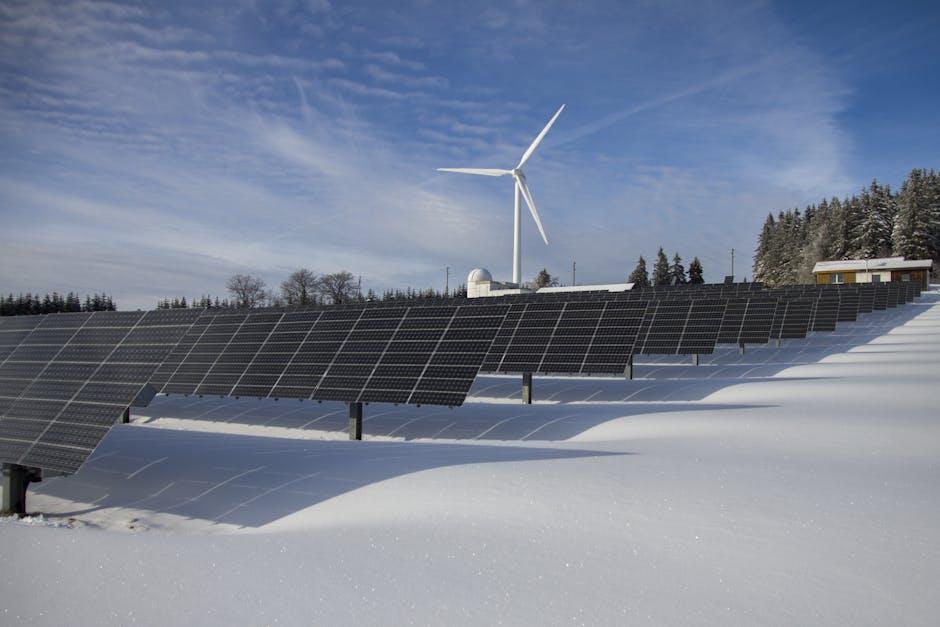

Harnessing Renewable Energy Sources for Sustainable Living
As society shifts towards sustainable practices, embracing renewable energy sources is vital for reducing our carbon footprint and promoting long-term ecological balance. Individuals can take significant steps in their households to harness energy efficiently. By integrating solar panels, wind turbines, or geothermal heating, homes can operate on clean energy. Installing solar panels not only cuts energy costs but also increases property value, while wind turbines can be particularly effective in rural settings where space is abundant.
In addition to generating energy, optimizing energy usage is essential. Simple actions such as using energy-efficient appliances can dramatically lower electricity consumption. Consider these options when upgrading your home:
- LED Light Bulbs: These use up to 75% less energy than traditional bulbs.
- Energy Star Appliances: These meet strict efficiency guidelines set by the U.S. Environmental Protection Agency.
- Smart Thermostats: Capable of learning your schedule, they optimize heating and cooling for maximum efficiency.
Moreover, becoming aware of how daily habits impact energy consumption plays a crucial role in creating a sustainable living environment. For example, turning off lights and unplugging devices when not in use can lead to significant energy savings. Implementing a rainwater collection system for watering plants can also alleviate pressure on municipal water supplies. A summary of effective practices is outlined in the table below:
| Practice | Benefit |
|---|---|
| Utilize Solar Panels | Reduces electricity bills. |
| Install Smart Meters | Provides real-time energy consumption data. |
| Switch to Hybrid Vehicles | Minimizes fossil fuel reliance. |


Practical Lighting Upgrades to Illuminate Efficiency
Upgrading your lighting system can significantly enhance energy efficiency while providing a brighter, more inviting environment. One of the most effective ways to achieve this is by transitioning to LED bulbs, which consume up to 80% less energy than traditional incandescent lights. Not only do they offer a longer lifespan, significantly reducing replacement costs, but they also emit less heat, which can contribute to lower cooling costs in warmer months.
Another practical upgrade involves installing smart lighting controls. These systems allow you to adjust brightness levels and set schedules based on your routine, ensuring that lights are only used when necessary. Consider using features such as motion sensors and timers to activate lights when spaces are occupied or to safely turn them off after hours. Implementing these options can visibly decrease your overall energy usage, adding convenience and efficiency.
Additionally, strategic placement of task lighting can help reduce the reliance on overhead fixtures. By focusing light where it is needed—such as in workspaces, reading areas, or kitchens—you can minimize energy waste. Here’s a simple table summarizing various lighting options and their benefits:
| Lighting Type | Energy Savings | Lifespan |
|---|---|---|
| LED Bulbs | Up to 80% | 25,000 hours |
| Halogen Bulbs | Up to 30% | 2,000 hours |
| CFLs | Up to 75% | 10,000 hours |
Q&A
Energy Efficiency Tips: Your Questions Answered
Q1: What are some simple ways to improve my home’s energy efficiency?
A1: Improving your home’s energy efficiency can be quite simple and effective. Start by sealing any drafts around doors and windows with weather stripping or caulk. Consider switching to energy-efficient LED bulbs, which use at least 75% less energy than incandescent bulbs. Additionally, using a programmable thermostat can help optimize your heating and cooling, reducing energy waste.Q2: How can I make my appliances more energy-efficient?
A2: First, check for the ENERGY STAR label when purchasing new appliances, as this indicates they meet strict energy efficiency guidelines. Regular maintenance is also crucial; cleaning filters, coils, and vents on your appliances can improve their efficiency. For existing appliances, try to operate your dishwasher and laundry machines with full loads and consider air-drying clothes when possible.Q3: Does using energy-efficient products really make a significant difference?
A3: Yes, using energy-efficient products can have a substantial impact. While the initial investment may be higher, the long-term savings on your utility bills often outweigh these costs. Plus, these products reduce energy consumption, lowering greenhouse gas emissions and helping combat climate change.Q4: Are there specific habits I can adopt to conserve energy daily?
A4: Absolutely! Small changes in your daily habits can lead to significant energy savings. Always turn off lights when leaving a room, unplug chargers and devices when not in use, and aim to reduce hot water usage by taking shorter showers. Even adopting a habit of using natural light during the day can cut down on electricity consumption.Q5: How can I improve my energy efficiency during the winter months?
A5: To enhance energy efficiency during the cold months, ensure your home is well-insulated to keep the heat in. Use heavy curtains to prevent drafts and consider lowering your thermostat by just a few degrees to save on heating costs. You can also use space heaters for specific rooms rather than heating the whole house, focusing on areas you frequent the most.Q6: What should I consider when upgrading my home’s insulation?
A6: When upgrading insulation, it’s essential to evaluate the type and depth of existing insulation, as well as the areas that need attention, like attics, basements, and walls. The R-value, which measures insulation effectiveness, should guide your choices. It’s also a good idea to consult with a professional to ensure you select the best insulation type (e.g., fiberglass, foam, or cellulose) and thickness for your climate and home.Q7: How does energy efficiency benefit the environment?
A7: Energy efficiency plays a crucial role in reducing our environmental footprint. By using less energy, we decrease the demand for fossil fuels, which leads to lower carbon dioxide emissions and less air pollution. Additionally, energy-efficient practices contribute to conserving natural resources, ensuring a healthier planet for future generations.Q8: Can energy efficiency contribute to financial savings?
A8: Definitely! Lower energy consumption leads to reduced utility bills, which can help you save significant amounts over time. Some energy-efficient upgrades may even qualify for tax incentives or rebates. Furthermore, buildings with better energy ratings often have higher resale values, making them more appealing in the real estate market.Q9: What is the role of landscaping in energy efficiency?
A9: Landscaping can greatly enhance your home’s energy efficiency by providing natural shade and windbreaks. Strategically planting trees and shrubs around your property can reduce cooling costs in the summer and protect your home from winter winds. Native plants also require less water and maintenance, which adds to the overall sustainability of your outdoor space.Q10: Where can I find reliable information on energy efficiency programs?
A10: A wealth of information about energy efficiency programs can be found through government websites, like the U.S. Department of Energy, and local utility companies, which often run energy-saving initiatives. Organizations like the Energy Star program also provide valuable resources regarding energy-efficient products and practices to help you make informed choices.By taking the time to explore these frequently asked questions about energy efficiency, you can empower yourself to make sustainable choices that benefit both your wallet and the environment!

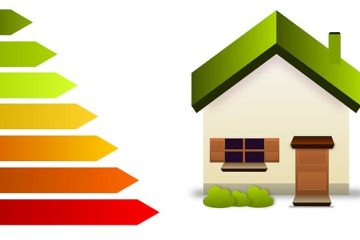

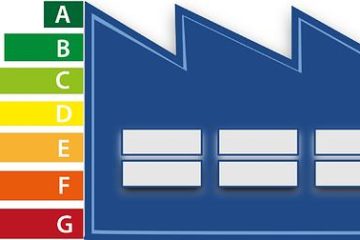
0 Comments